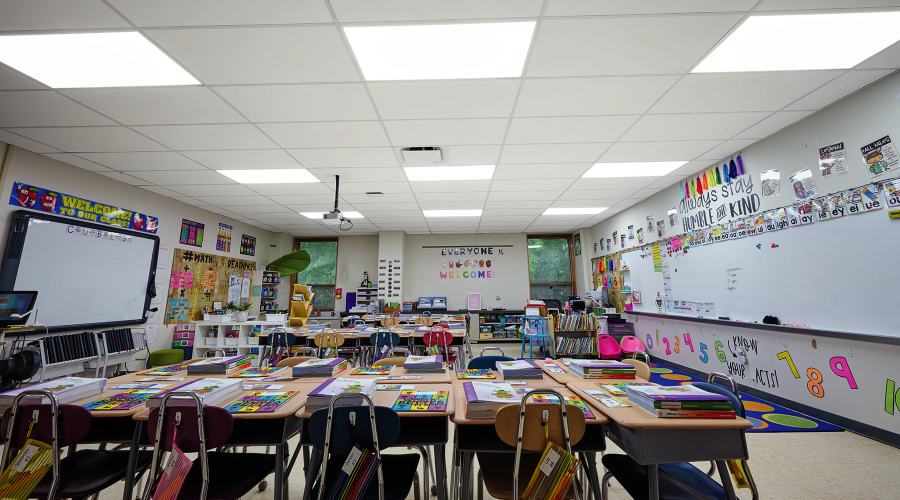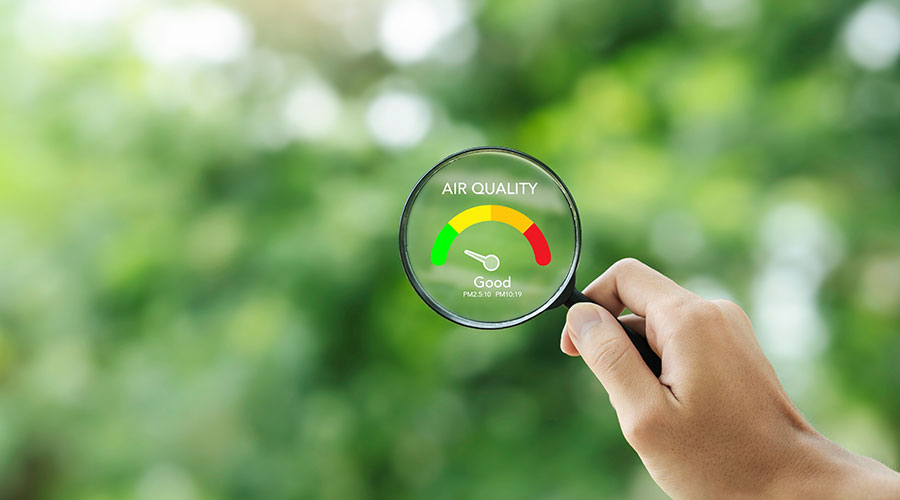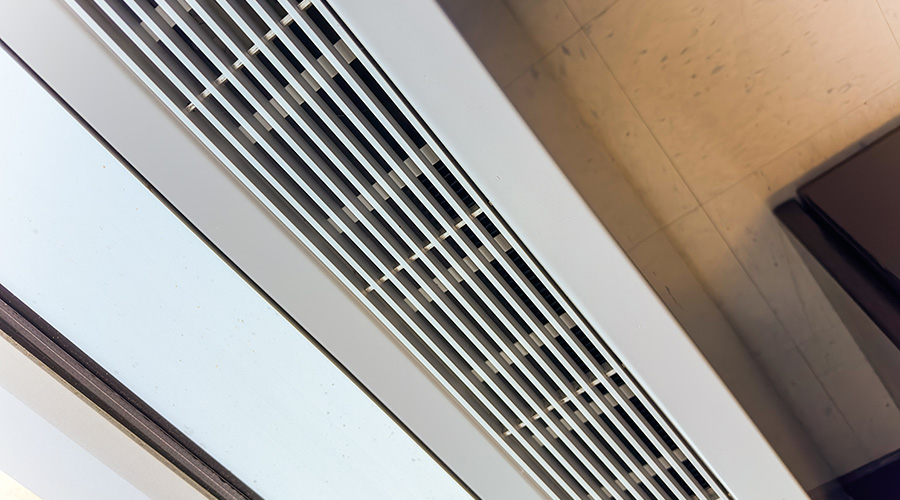Good Operations And Maintenance Prevent Mold
Concerns about health risks and potential liability have made mold a hot-button issue for many facility executives. Here are some basic good operating practices to help prevent mold and moisture problems:
- Minimize water used in mopping activities to prevent leaving excessive amounts of water along the baseboards at the edges of the floor.
- Check for and immediately address spills and potential water leaks.
- Dry any damp areas and any other visibly moist areas, including condensation on windows and windowsills.
- Clean bathroom areas routinely to reduce or prevent mildew growth.
- Keep shower curtains open after cleaning to help ventilate the area.
- Routinely check the caulking around showers, bathtubs and sinks for cracks or shrinkage. Re-caulk as necessary.
- Routinely check for leaks at plumbing fixtures. Repair leaks and dry the area immediately.
- Routinely check ceilings, walls and floors for discoloration or water stains. These potential indicators of water leaks should be immediately reported to the appropriate party.
- Keep return air vents clear of furniture for proper airflow.
- Close all windows and doors, especially during periods of inclement weather.
- Do not over-water indoor plants.
- Check emergency overflow pans for signs of water.
- Check plumbing and HVAC system pipes for signs of leakage.
- Routinely inspect the insulation around the ductwork for damage or moisture. If a problem is detected, notify an HVAC professional for inspection and repairs.
- Routinely check exterior walls, skylights, windows and sliding doors for discoloration or water stains. Note any unusual odors around the envelope of the building.
- Routinely inspect the integrity of the weather-stripping and its seal around windows, skylights and sliding doors. Replace as needed.
- Observe balconies or outdoor gardens above occupied areas (such as “green” roofs) during periods of wet weather. Note any areas of water accumulation and report them to the appropriate party.

Taylor Gonsoulin, PE, CIAQP, LEED AP, is general manager of Air Quality Sciences, an indoor air quality consulting and testing firm. Tony Worthan, MPH, is president and COO of the firm.
Related Topics:
















